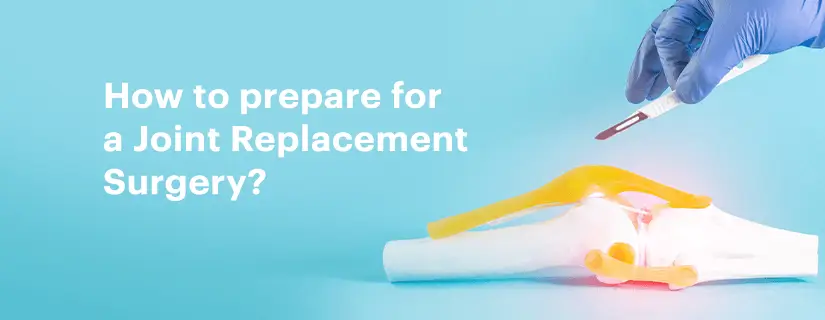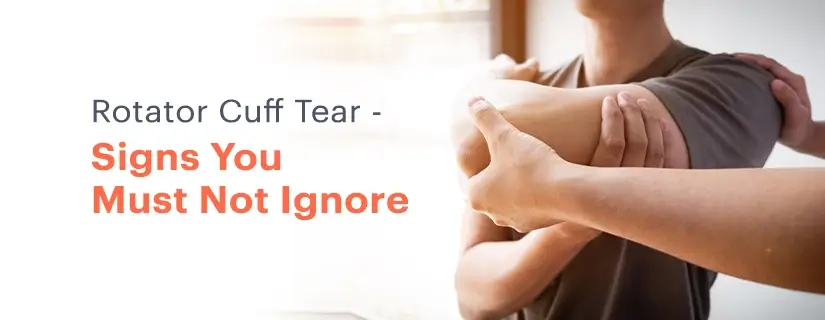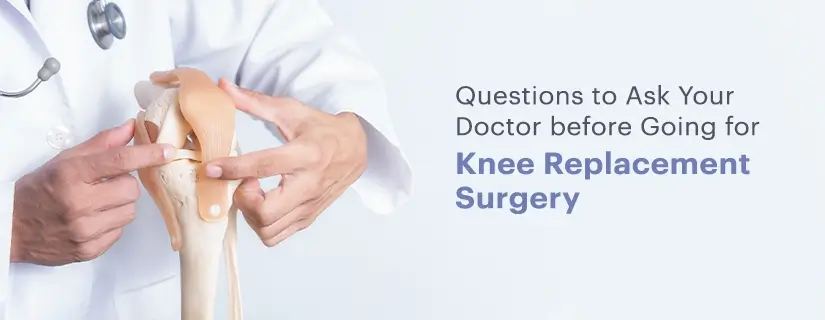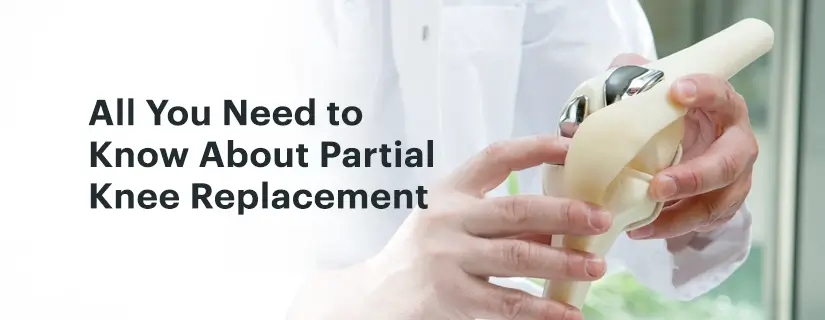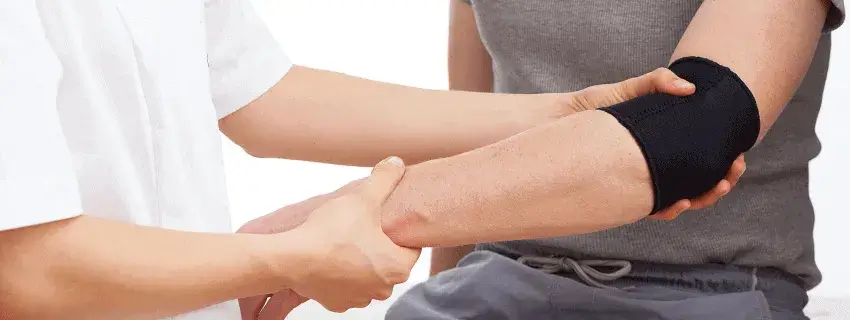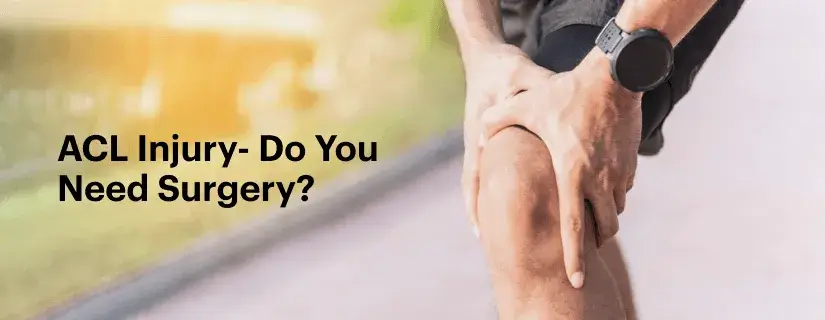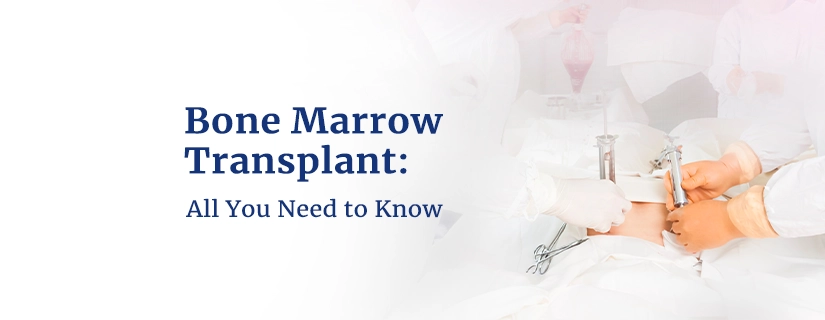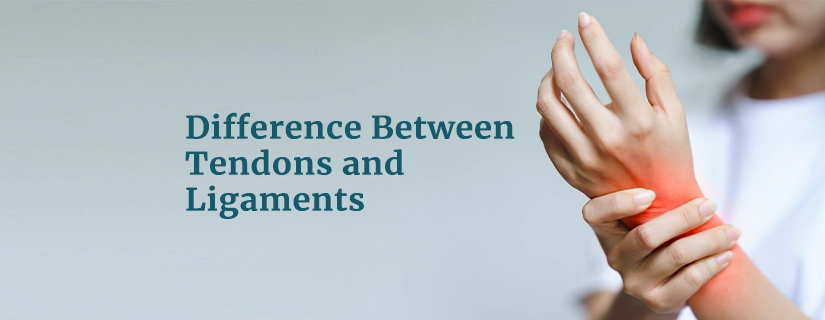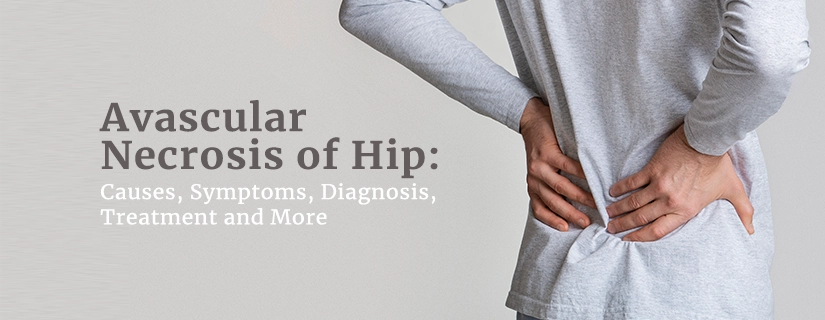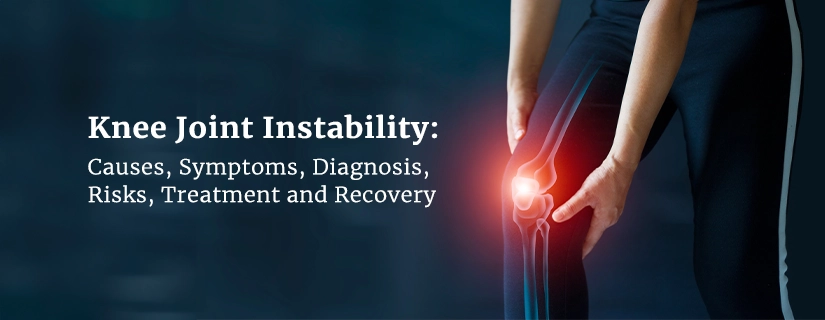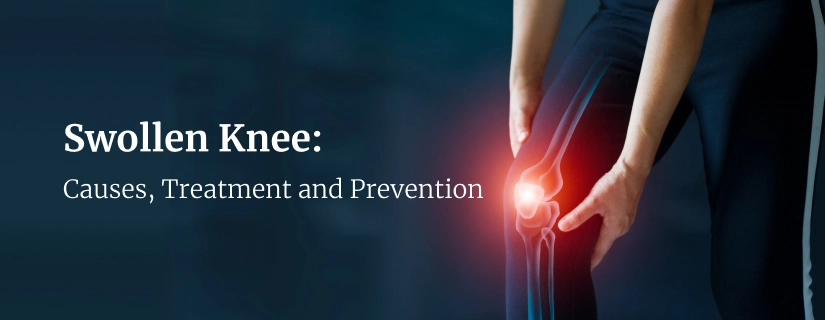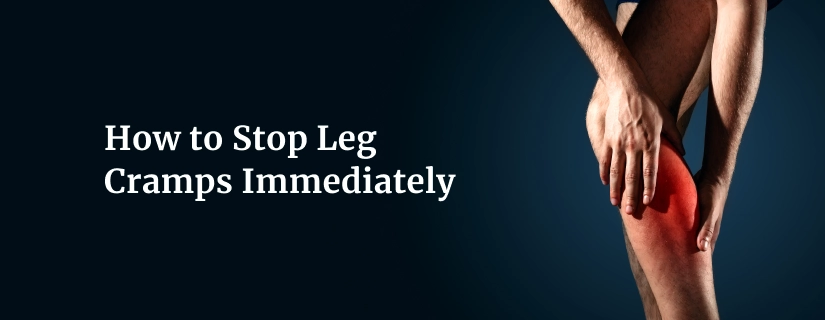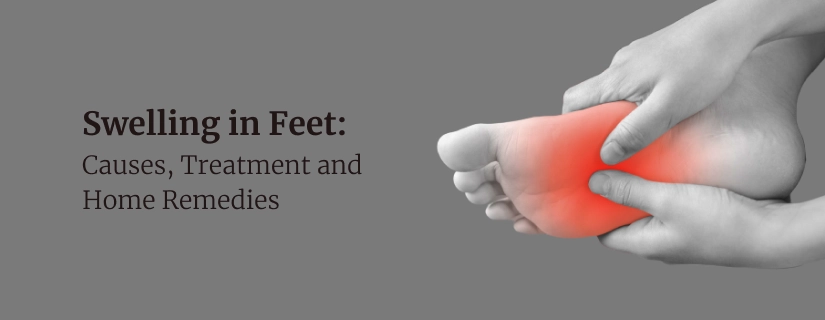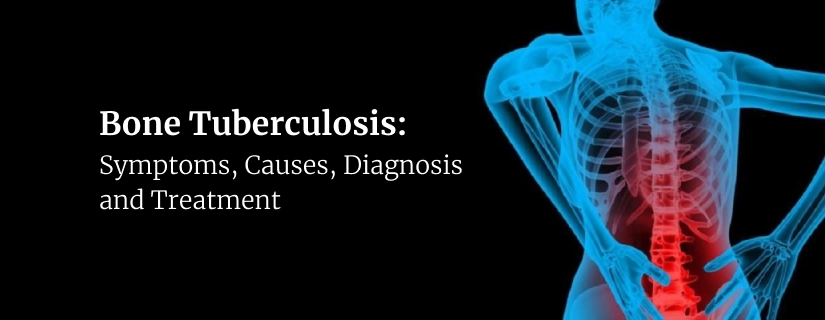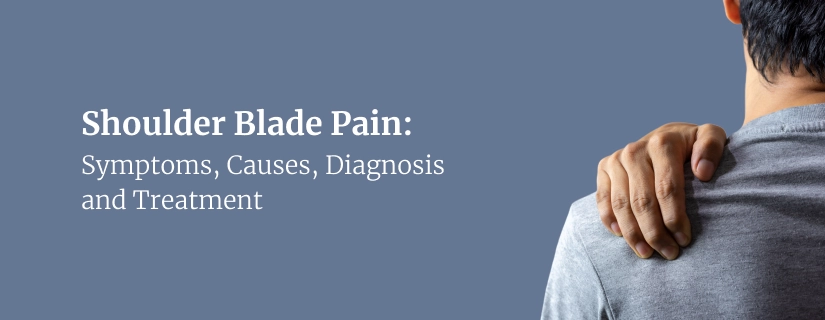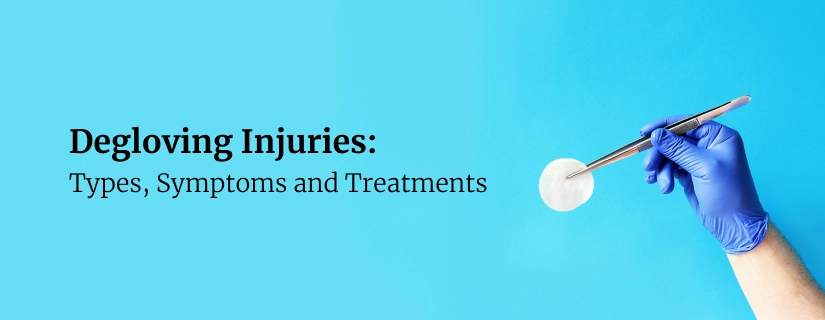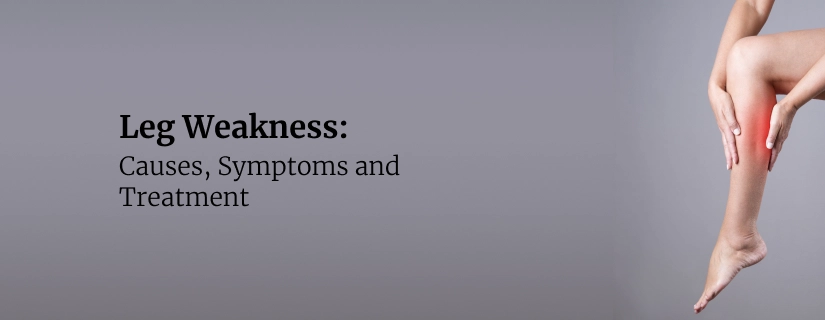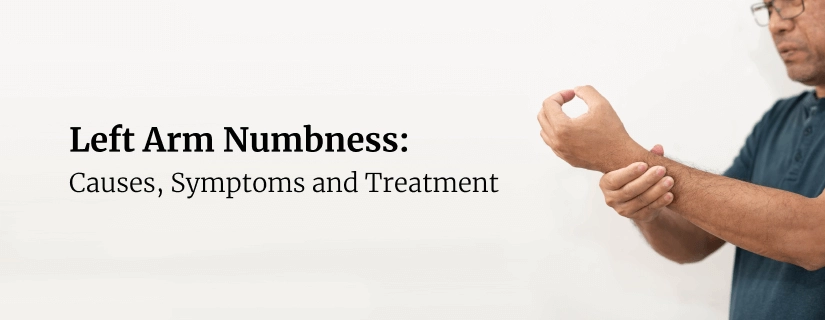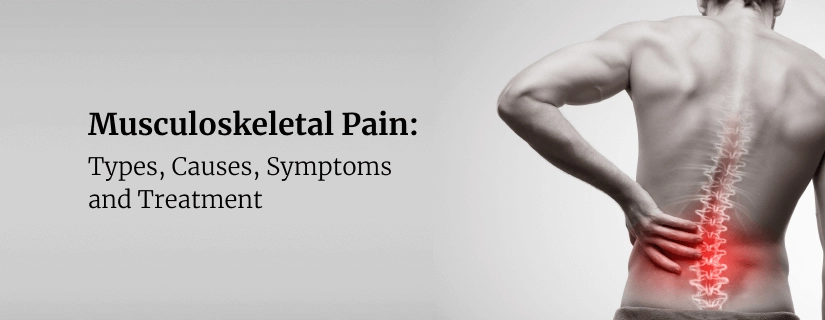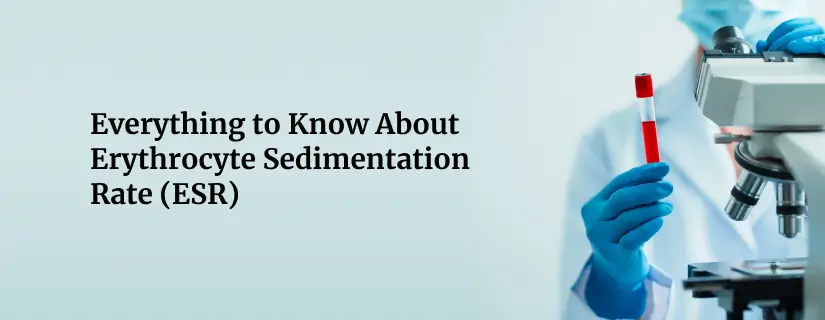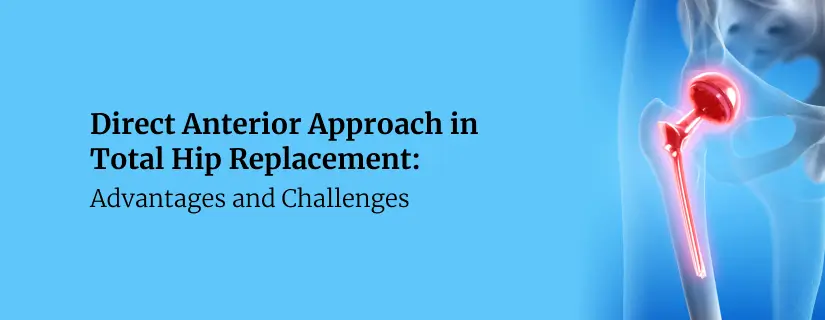-
Doctors
-
Specialities & Treatments
Centre of Excellence
Specialties
Treatments and Procedures
Hospitals & Directions HyderabadCARE Hospitals, Banjara Hills CARE Outpatient Centre, Banjara Hills CARE Hospitals, HITEC City CARE Hospitals, Nampally Gurunanak CARE Hospitals, Musheerabad CARE Hospitals Outpatient Centre, HITEC City CARE Hospitals, Malakpet
HyderabadCARE Hospitals, Banjara Hills CARE Outpatient Centre, Banjara Hills CARE Hospitals, HITEC City CARE Hospitals, Nampally Gurunanak CARE Hospitals, Musheerabad CARE Hospitals Outpatient Centre, HITEC City CARE Hospitals, Malakpet Raipur
Raipur
 Bhubaneswar
Bhubaneswar Visakhapatnam
Visakhapatnam
 Nagpur
Nagpur
 Indore
Indore
 Chh. Sambhajinagar
Chh. SambhajinagarClinics & Medical Centers
Book an AppointmentContact Us
Online Lab Reports
Book an Appointment
Consult Super-Specialist Doctors at CARE Hospitals
Arthroscopic Knee Surgery: What You Should Know
Updated on 27 October 2022
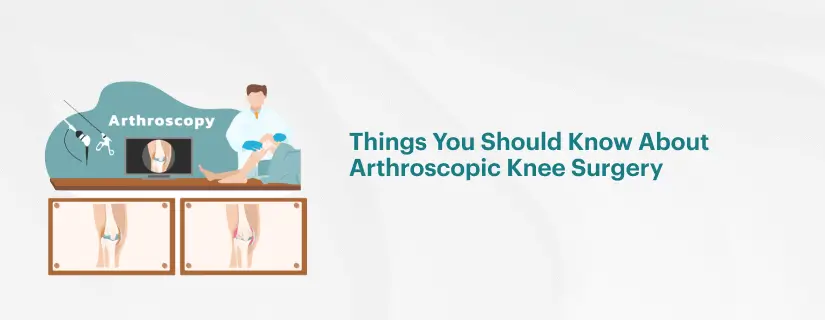
What causes Knee Pain?
Knee pain can be caused by sudden or overuse injuries, mechanical problems, or underlying conditions like arthritis. Arthroscopic knee surgery is the most commonly used surgical procedure to diagnose and treat knee pain.
Knee structure
- The knee is one of the largest joints in the body, and one of the most easily injured.
- The knee is a hinge joint formed by three bones, thighbone (femur), shinbone (tibia, the front bone of the leg, between the knee and the foot), and kneecap (patella).
- Knee has a joint capsule and comprises bones, cartilage, ligaments, and tendons.
- Ligaments are dense bundles of connective tissue that connect bones to other bones. They hold the structures together and provide stability.
- Tendons are the fibrous connective tissue that attaches muscles to bones and functions to move the bone.
- The cartilage, rubber-like padding provides smooth, pain-free motion and covers the ends of the bones with the meniscus in between that acts as a cushion and shock absorber.
- The surrounding muscles and tendons enable the knee to bend back and forth and provide dynamic stability when you are active.
Causes of Knee Pain
Knee pain causes can be divided into three major categories,
- Acute knee injury
- Medical conditions
- Chronic use/overuse conditions
1. Acute Knee Injuries
- Fractures: Motor vehicle collisions or falls can cause bones in the knee, including the kneecap, to break. This leads to a very painful knee injury.
- Ligament injuries: The most common ligament injury is the ACL (anterior cruciate ligament) injury which is mostly sports-related (for example – basketball, and soccer) that involves sudden stops and changes in directions.
- Meniscus injuries: These can be injured while twisting the knee.
- Knee dislocation: The knee joint can also get dislocated affecting the blood flow to the leg and may cause many other problems. Knee dislocation often occurs during motor-vehicle crashes.
2. Medical Conditions
- Rheumatoid arthritis: An autoimmune and inflammatory condition that can affect the knee or any joint in the body, causing swelling, severe pain, and disability.
- Gout: Arthritis, commonly found in the big toe, can affect the knee and is painful during episodes of flare-ups.
- Septic arthritis (infectious arthritis): Occurs because of the infection in the knee joint leading to pain, swelling, and fever.
3. Chronic Use/Overuse Conditions
- Patellar tendinitis: An inflammation of the tendons that connect the kneecap to the shinbone. This occurs because of repeating the same motion during exercises, like running and cycling.
- Patellofemoral Pain Syndrome: Commonly seen in athletes, is caused by stress between the kneecap and the thighbone.
- Osteoarthritis: A wearing down of cartilage of the knee joint
- Prepatellar Bursitis: Inflammation of the bursa (fluid-filled saclike cavity) over the kneecap or below the knee joint.
- Other causes: Children can develop inflammation of the area just below the knee where the tendon from the kneecap attaches to the shinbone.
Who needs Arthroscopic Knee Surgery?
Arthroscopic knee surgery is recommended for a person experiencing knee pain. Arthroscopy helps find the condition and if already diagnosed helps confirm the diagnosis and treat the cause, that includes,
- Torn ligaments
- Torn meniscus
- Knee dislocation
- To remove pieces of torn cartilage found in the knee joint
- Knee born fractures
- Swelling of the synovium (the lining in the joint).
What is Arthroscopic Knee Surgical Procedure?
Arthroscopic knee surgical procedure helps doctors to view the interior of the knee joint through small incisions (cuts) via the skin and other soft tissues to treat knee problems.
During the procedure, the surgeon inserts a thin tube called an arthroscope into the knee joint through a small incision. The arthroscope has a camera and light which allows displaying of pictures of the joint on a video monitor. With the guidance of the pictures, the surgeon fills the joint with sterile fluid to widen it and get a good view of the joint. Once the view is clear, the surgeon diagnoses the problem and decides on the type of surgery required, if any. If surgery is needed, the surgeon will insert special miniature surgical instruments through small incisions called portals to treat the problem. The incisions made are tiny compared to the large incisions required for open surgery.
What is Recovery like after a Knee Arthroscopy?
Unlike Joint Replacement Surgery, Knee Arthroscopy is a minimally invasive surgical procedure that usually takes less than an hour and depends on the specific procedure. Arthroscopic surgery is usually an outpatient procedure and you are likely to go home on the same day of the surgery. As only small incisions are made, the recovery time is less, you can get back to the office within a week and can be more active and get back to a normal lifestyle within 1-2 months. If you have a damaged tissue repaired, it may take a longer time to recover and must limit your activity. Exercise and physical rehabilitation may be suggested to speed-up recovery.
Knee arthroscopy results in minimal pain, less joint stiffness, and shorter recovery time.

ENQUIRY FORM
SELECT CATEGORIES
-
Neurosciences (16)
-
Neurology (38)
-
Neurosurgery (14)
-
Orthopaedics (48)
-
Oncology (33)
-
Obstetrics and gynecology (52)
-
Pulmonology (23)
-
Urology (20)
-
Nephrology (13)
-
Psychiatry (7)
-
Dietetics and Nutrition (111)
-
General Medicine (63)
-
Cardiac Sciences (32)
-
Vascular & Endovascular Surgery and Interventional Radiology (15)
-
Gastroenterology (46)
-
Endocrinology (23)
-
Plastic Surgery (10)
-
Critical Care Medicine (5)
-
COVID-19 (16)
-
Dermatology (16)
-
Emergency Care (1)
-
Ophthalmology (4)
-
Pediatrics (14)
-
Laparoscopic and Bariatric Surgery (8)
-
ENT (15)
-
Kidney Transplant (1)
-
Liver Transplantation and Hepatobiliary Surgery (5)
-
General Surgery (3)
-
Internal Medicine (5)
-
Medicine Information
Role of Physiotherapy in Joint Replacement Surgery
Physical therapy: Who can benefit, and how can it help?
YOU MAY ALSO LIKE
RECENT BLOGS
-
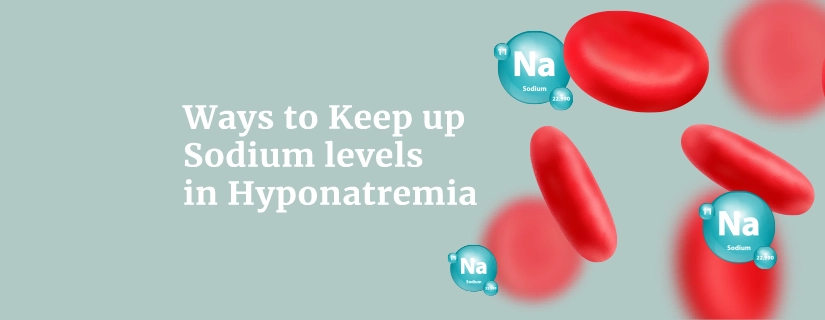
Ways to Keep up Sodium levels in Hyponatremia
11 December 2025
Read More
-

12 Health Benefits of Apple Cider Vinegar
1 December 2025
Read More
-

Vitamin B6 Vs B12: What Is the Difference?
1 December 2025
Read More
-

8 Health Benefits of Vitamin B Complex
1 December 2025
Read More
-

15 Home Remedies for Stomach Pain
1 December 2025
Read More
-

Leukocytes in Urine: Symptoms, Causes, and Treatment
1 December 2025
Read More
-

Lower Back Pain in Women: Causes, Symptoms, Treatment and More
1 December 2025
Read More
-

Male Yeast Infection: Symptoms, Causes, Treatment and Home Remedies
1 December 2025
Read More
Have a Question?
If you cannot find answers to your queries, please fill out the enquiry form or call the number below. We will contact you shortly.


